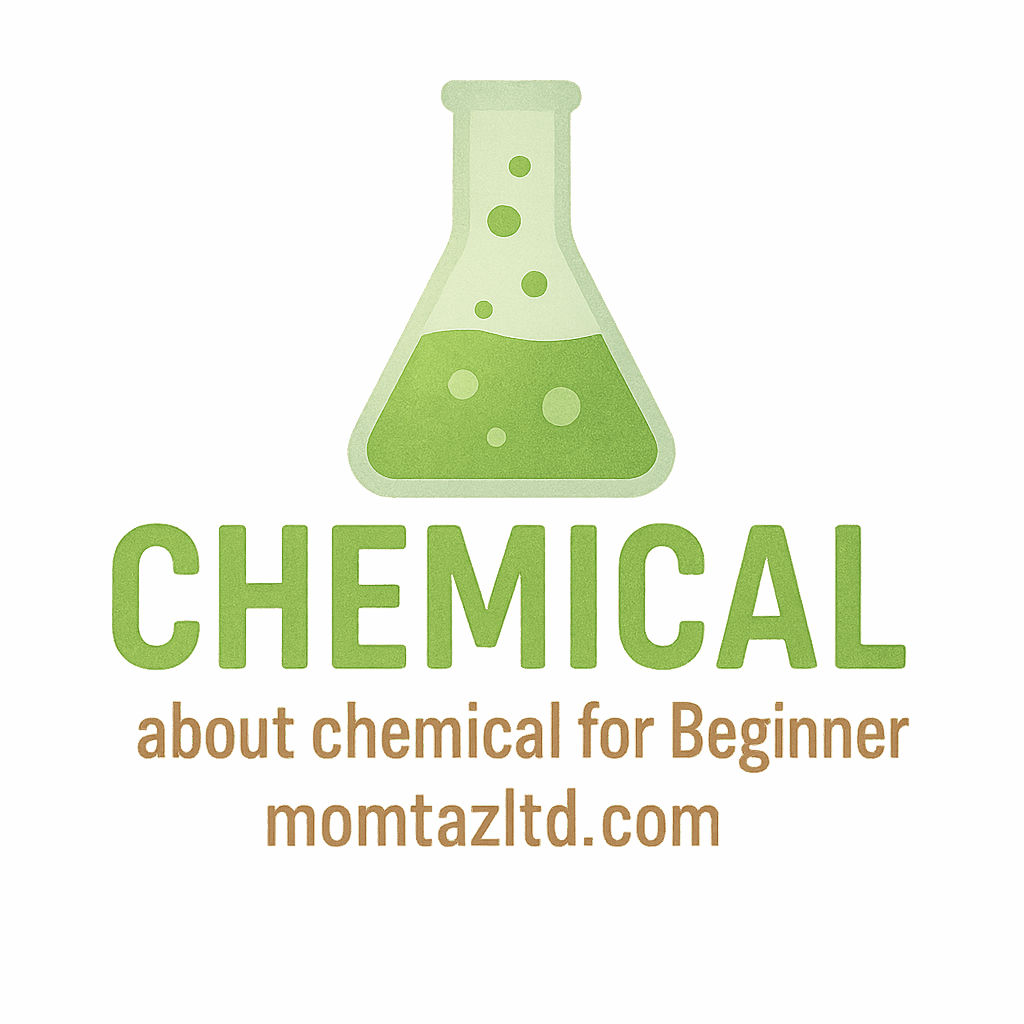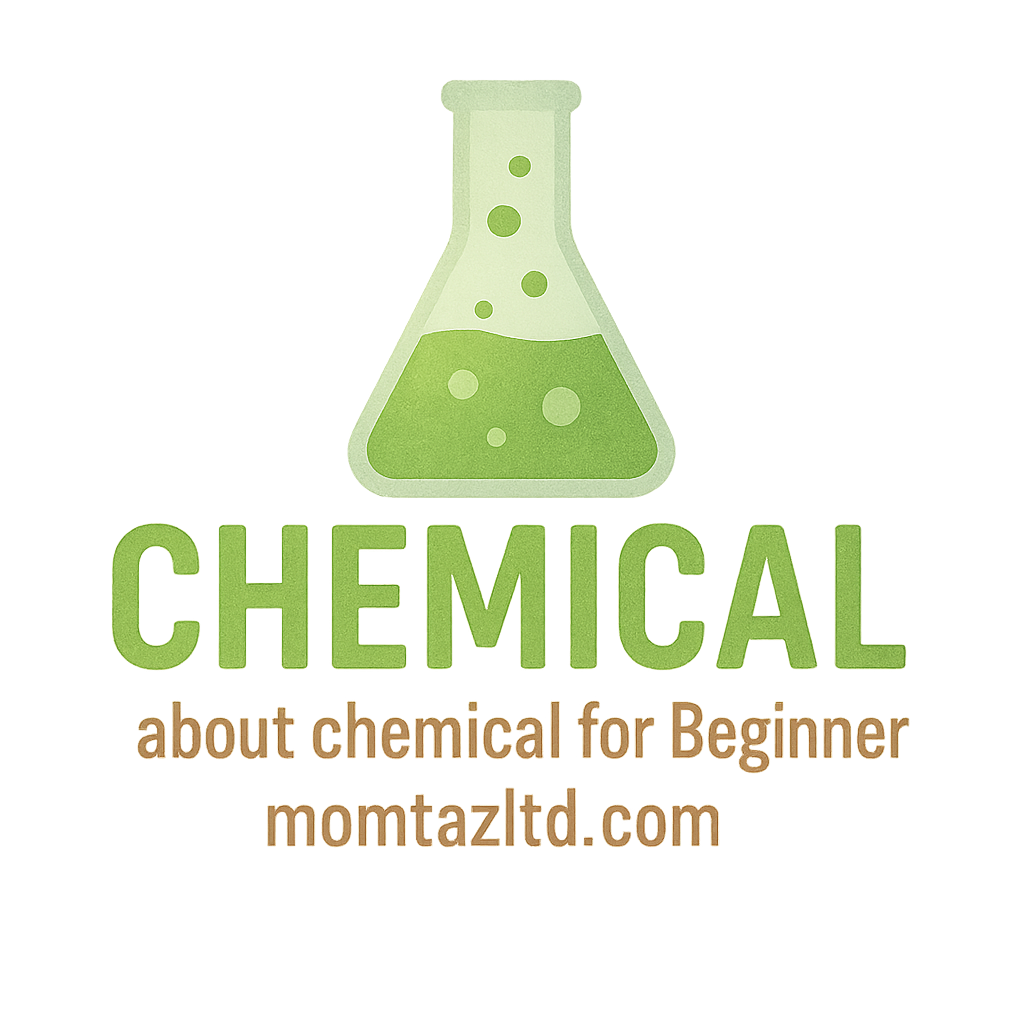Introduction to Water-Based Experiments
When you think of chemistry, do you imagine bubbling flasks, colorful liquids, and maybe even a few small explosions? While that’s fun to picture, chemistry for beginners doesn’t have to be intimidating. In fact, some of the best ways to learn the basics involve nothing more than water and a few household ingredients.
In this article, we’ll explore 11 water-based experiments in chemical for beginner learners. These experiments are simple, safe, and packed with learning opportunities. Whether you’re a student, a curious parent, or someone exploring beginner chemistry, these activities will help you build a strong foundation.
Why Beginners Should Start with Water-Based Experiments
Water is called the “universal solvent” for a reason. It dissolves more substances than any other liquid, making it the perfect medium for beginner-friendly experiments. Plus, water experiments are safe, inexpensive, and often use household chemicals.
Safety First: Essential Precautions
Even if these experiments are simple, chemical safety matters. Always follow these rules:
- Wear protective eyewear and gloves if available.
- Work in a ventilated area.
- Keep experiments away from food areas.
- Dispose of mixtures properly.
Tools and Materials You’ll Need
Most experiments only require:
- Clear glasses or jars
- Spoons and stirrers
- Measuring cups
- Common items like salt, vinegar, baking soda, red cabbage, or soap
Experiment 1: Mixing Salt and Water – Understanding Solutions
The Science Behind Saltwater
When salt dissolves in water, it forms a solution. This shows how solubility works, one of the most important chemical basics. The salt breaks into ions and spreads evenly, making the water taste salty.
Everyday Applications
Salt solutions are used in cooking, preserving food, and even in medical saline drips.
Experiment 2: Vinegar and Baking Soda in Water – Classic Reaction
Observing Gas Formation
Mix vinegar (acid) and baking soda (base) in water, and you’ll see fizzing bubbles. That’s carbon dioxide gas being released in a lively chemical reaction.
Real-Life Uses
This reaction is not only fun but also a real-world cleaning method for drains and tough stains.
Experiment 3: Floating Egg in Saltwater – Density Demonstration
Why Eggs Float or Sink
Place an egg in plain water, and it sinks. Add salt, and suddenly it floats! This happens because salt increases water density, making it easier for the egg to stay up.
Lessons in Buoyancy
This simple activity explains how ships float on salty seas.
Experiment 4: Water and Oil – Exploring Immiscibility
Layering Liquids
Pour oil and water together, and you’ll see separation. They don’t mix because their molecules don’t bond. This is an example of immiscibility.
Practical Applications
Understanding this helps in making salad dressings or knowing how industrial chemicals separate during processing.
Experiment 5: Capillary Action with Colored Water
How Plants Drink Water
Place celery stalks in colored water and watch the colors move up. This is capillary action, showing how water travels in plant stems.
Simple At-Home Setup
All you need is celery, food coloring, and water. This one makes plant biology come alive!
Experiment 6: Surface Tension with Soap and Water
Breaking the Surface
Dip a cotton swab with soap into a plate of water sprinkled with pepper. The pepper scatters because soap breaks surface tension.
Everyday Science Connection
This is why soap helps clean dishes by breaking through grease and dirt.

Experiment 7: Water Electrolysis – Splitting H2O
Hydrogen and Oxygen Bubbles
Using a battery, two wires, and saltwater, you can split water into hydrogen and oxygen gas. The bubbles you see are a direct result of electrolysis.
Energy Applications
This experiment ties to future energy solutions like hydrogen fuel. Explore more with laboratory chemicals if you want to scale up.
Experiment 8: Water Crystallization – Making Salt Crystals
Patience and Observation
Dissolve salt in warm water and let it slowly evaporate. After a few days, crystals form. This is crystallization in action.
Real-World Links
Crystallization is used in making rock candy, growing crystals in labs, and even in salt production.
Experiment 9: pH Testing with Water and Red Cabbage
Natural Indicators
Boil red cabbage to extract its purple juice. Add drops to various water solutions (like vinegar, soda, or soap water). Watch the color change depending on acidity or alkalinity.
Household Testing
This is an easy way to test the pH of household chemicals without fancy tools.
Experiment 10: Hot vs. Cold Water Dissolving – Temperature Effects
Speed of Reactions
Add sugar to hot water and cold water separately. The sugar dissolves faster in hot water, demonstrating how temperature affects reaction speed.
Why It Matters in Cooking
This explains why tea dissolves sugar quicker than iced coffee.
Experiment 11: Water Evaporation and Condensation – Mini Water Cycle
Observing States of Matter
Place a bowl of hot water under plastic wrap and ice cubes on top. You’ll see condensation droplets forming and falling back, mimicking rainfall.
Connection to Climate
This mini water cycle mirrors how evaporation, condensation, and precipitation happen in nature.
Tips for Beginner Chemists
Keeping a Lab Notebook
Write down every observation. Even simple notes make you think like a chemical scientist.
Building Curiosity
Don’t stop at one experiment—ask “what if?” and try small variations. This is how you practice real chemistry learning.
How Water-Based Experiments Inspire Future Chemical Learning
These beginner-friendly experiments show how chemistry is part of daily life. They pave the way to deeper studies, whether in industrial learning, advanced lab experiments, or even professional chemical careers.
Conclusion
Water-based chemistry experiments are fun, safe, and eye-opening. From understanding density to witnessing electrolysis, these activities introduce beginners to core concepts. The best part? You don’t need a full lab—just curiosity and a few supplies.
So, grab your water, gather some basic chemicals, and start exploring today. Who knows? These small experiments might just inspire your journey toward becoming a future chemist.
FAQs
1. What makes water the best medium for beginner experiments?
Water is safe, widely available, and dissolves many substances, making it ideal for demonstrations.
2. Are these experiments safe for kids?
Yes, but children should always be supervised, especially when acids or electricity are involved.
3. Can I substitute ingredients if I don’t have them?
Absolutely! Many experiments allow alternatives like lemon juice instead of vinegar.
4. How do I dispose of leftover mixtures?
Pour small, non-toxic mixtures down the drain with water. Avoid dumping large or unknown solutions.
5. Why do water and oil not mix?
Their molecules don’t bond—oil is nonpolar while water is polar, causing them to separate.
6. How do these experiments connect to real-life chemistry?
They mirror concepts used in cooking, cleaning, industry, and even climate science.
7. Where can I learn more about beginner-friendly chemistry?
Check resources like MOMTAZ LTD’s chemical learning hub for inspiration and guidance.


